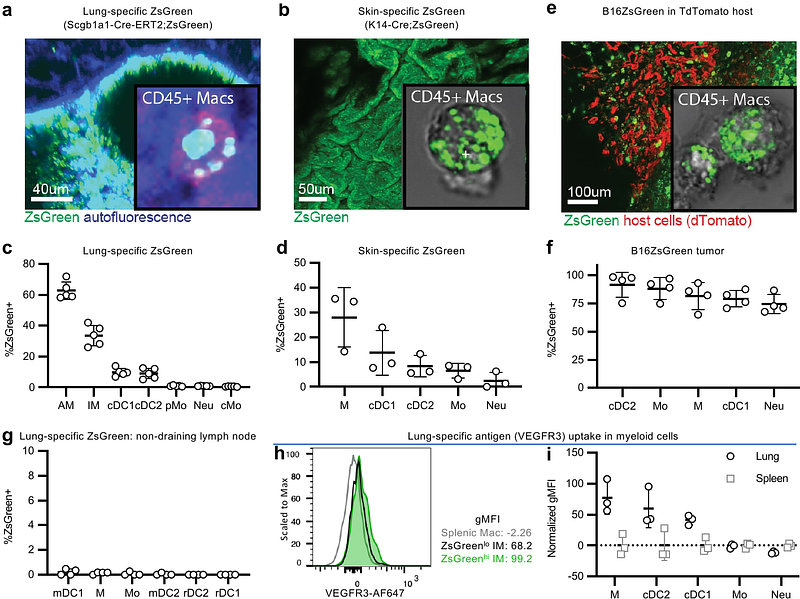Submicron-Sampling of Living Cells by Macrophages

Submicron-Sampling of Living Cells by Macrophages
Fan, A. C.; Thota, R.; Serwas, N.; Marchuk, K.; Ruhland, M.; Edwards, A.; Krummel, M. F.
AbstractAn effective immune system must sample and appreciate healthy-self identity to prevent autoimmunity and to contrast to pathogenic insults. Self-proteins are presented to T cells in the thymus during immune cell development, and must be presented throughout the body to both maintain regulatory T cell populations and provide a tonic signal to maintain conventional T cells over time. The ready observations of continuous apoptosis in some organs together with the ingestion of that material by myeloid populations has led to a conventional understanding of ongoing cell-death as a major source of self-antigens10, complemented in some situations by uptake of free-floating cell-derived vesicles. Here, we used a series of companion imaging and vesicular labeling technologies to reveal an alternate process undertaken by macrophages that results in non-destructive and direct sampling of living cells. The process requires cell-cell contact, does not require caspase activation, and takes place via a trogocytosis-like stretching of the target cell into the macrophage, leading to the generation of submicron-sized vesicles containing cytoplasm. Using a high-dimensional flow-based method for labeling vesicles ingested under this versus other conditions, we find that live-sampled material is distinctly processed, is poorly subject to fusion with lysosomes, and produces ensuing differential effects on the presentation of those to CD4 versus CD8 T cells. This demonstrates an important and substantial sampling of living cells by the immune system, with clear consequences for maintaining the border of immunity.